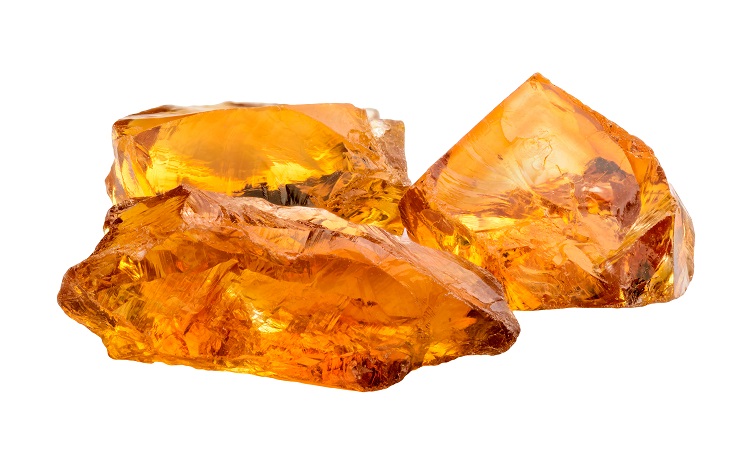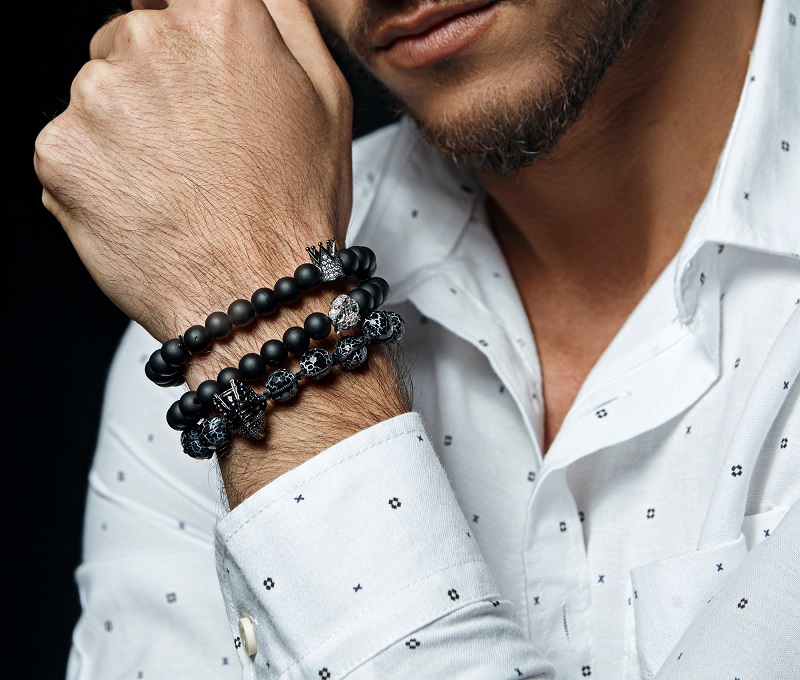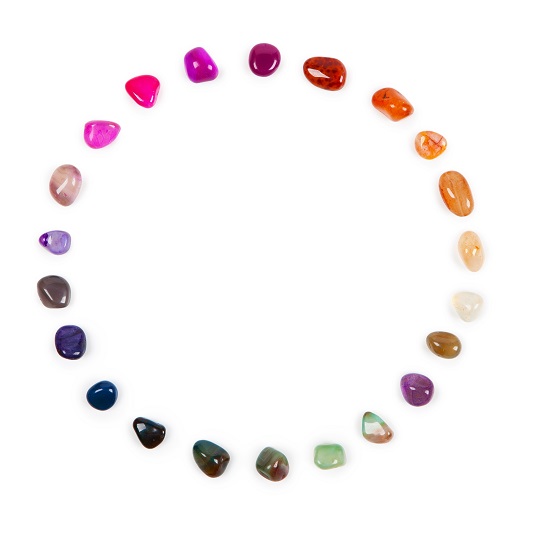Gemstone of the Week – Citrine

Find out the gestome of the week: Peridot
17th November 2017
Gemstone of the Week – Rubellite
1st December 2017Loved for its golden colouring, Citrine is one go the most popular gemstones on the market today. The natural stone is a member of the quartz family and is formally referred to as golden/yellow macrocrystalline quartz. The name of the precious stone is thought to derive from the word ‘citron’, the French word for ‘lemon’. Many years ago, the stone was given this name because of its unusual yellow colouring; however, the stone tends to hold a golden-yellow glow, rather than lemon-yellow.
Most of the citrine on the market today is heat-treated to obtain its golden colour. Although natural citrine can be found, it is incredibly rare and therefore carries a hefty price tag. The rarity of the stone makes it one of the most valuable types of quartz available today. Most heat treated specimens will exhibit a reddish tint, so distinguishing between a piece of natural citrine and a treated stone is fairly easy.
How to Identify Citrine
Like most varieties of Quartz, Citrine is easy to identify. It is one of the few gemstones that naturally occurs with a golden yellow hue. Though Sapphire and Topaz can appear in a similar colour, these stone are typically much harder than Citrine, making it easy to distinguish between the two. Tourmaline, Orthoclase, and Golden Beryl can also appear similar, but they are usually harder stones, too. The golden-yellow colour of natural Citrine is formed through the presence of iron impurities. Typically, stones with a higher iron content will have a more intense colour.
Different Colours and Types of Citrine
As it is dependent on the level of iron impurities with the stone, the golden-yellow colour of citrine can vary in shade. Natural stones can be found around the world in a variety of different tones, ranging from bright lemon-yellow to a brownish orange. While each shade is still technically classified as just citrine, various trade names have been given to help distinguish between the different coloured stones. Below, we discuss some of the most renowned trade names and the colours they refer to.
- Golden Citrine – As the name suggests, Golden Citrine boasts a golden yellow hue. One of the most popular colours, the golden stones are used in gemstone jewellery worldwide.
- Lemon Quartz – Lemon Quartz refers to citrine that is light to dark yellow in appearance. Lemon Quartz can be distinguished from other specimens through its lack of brown, orange, or red tints. While Lemon Quartz can appear naturally, many of the gemstones on the market today are Clear Quartz that has been heat-treated to obtain the sought after colour of intense yellow. Today, Lemon Quartz is another one of the most popular varieties of Citrine on the gemstone market.
- Madeira Citrine – Madeira Citrine is typically brownish-red in appearance. Surprisingly, darker varieties like this are considered the most valuable. Sometimes Madeira Citrine can be found with an orange-red hue, instead – this intense shade is also popular.
- Palmeria Citrine – Palmeria Citrine is bright orange. Although the orange hue differs from the typical golden yellow shade, this variety of citrine is appreciated in its own right.
Where is Citrine Found?
Although deposits of natural Citrine can be found around the world, much of the Citrine in circulation today is actually heat treated Clear Quartz. Natural Citrine can be identified by its pale yellow colouring; heated treated specimens, on the other hand, are usually dark orange-brown. While heat treated Citrine can sometimes appear similar to the natural varieties of the stone, all treated material has a reddish tint, while natural citrine does not. Occasionally, high temperatures can cause Clear Quartz to change into Citrine naturally, although deposits of this nature are rare.
Most of the Citrine on the market today comes from Brazil; however, almost all of the material from this location is heat treated Quartz. Deposits of natural Citrine can be found in Russia, France, Madagascar, and Dauphine. Due to the rarity of natural citrine, good quality specimens are valuable and highly sought after.
Healing Properties of Citrine
Regarded as a stone of imagination and personal will, Citrine is popular to use today in crystal healing. Its bright yellow appearance is thought to hold the power of the sun, making the stone warm, comforting, and energising. Through stimulation of the chakras, the gemstone helps to clear the mind and spark creativity. It is also thought to stir the imagination, helping one to focus on transforming dreams into reality.
Physically, Citrine is thought to improve stamina, making the stone ideal for athletes and sports people. Helping to increase energy levels, the gemstone can also help those suffering from Chronic Fatigue Syndrome. Citrine aids constipation through stimulation of the digestive tract. Additionally, the stone relieves skin allergies caused by chemical or food intolerances.
Natural Citrine can reduce infections of the bladder and kidneys. When used as an elixir, the gemstone can relieve symptoms linked to the menopause such as hot flushes, mood swings, and fatigue. A Citrine elixir can also benefit pregnant women, aiding nausea and vomiting associated with morning sickness.
In Summary
Natural Citrine is a rare and sought-after gemstone, most commonly found in Russia and Madagascar. Renowned for its golden-yellow hue, the natural stone is often used in designer jewellery. Additionally, Citrine boasts an array of benefits when used within crystal healing. Whether you’re looking to increase energy and stamina or you’re hoping to relieve symptoms of the menopause, purchase a good quality piece of Citrine to reap the benefits.




